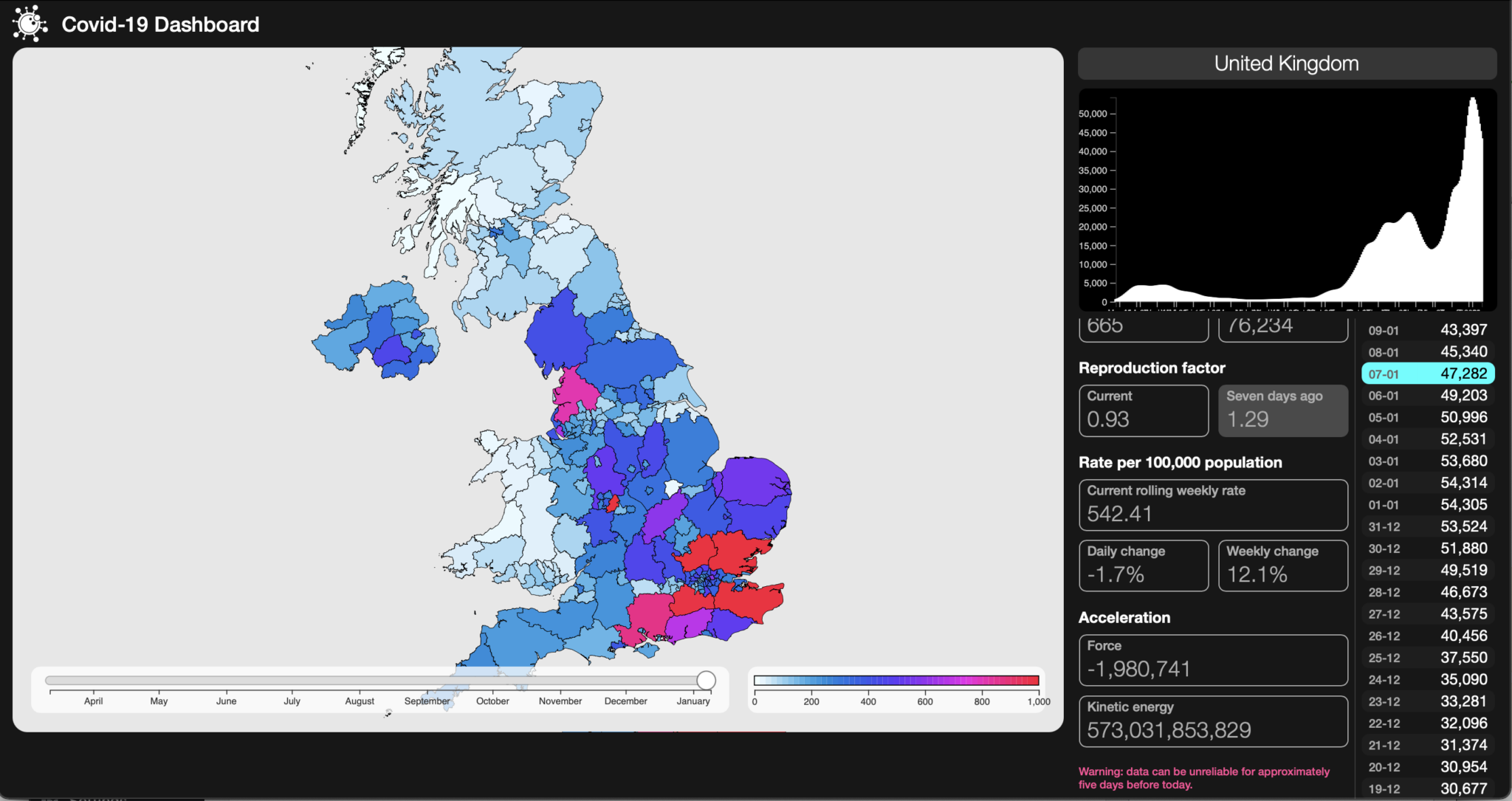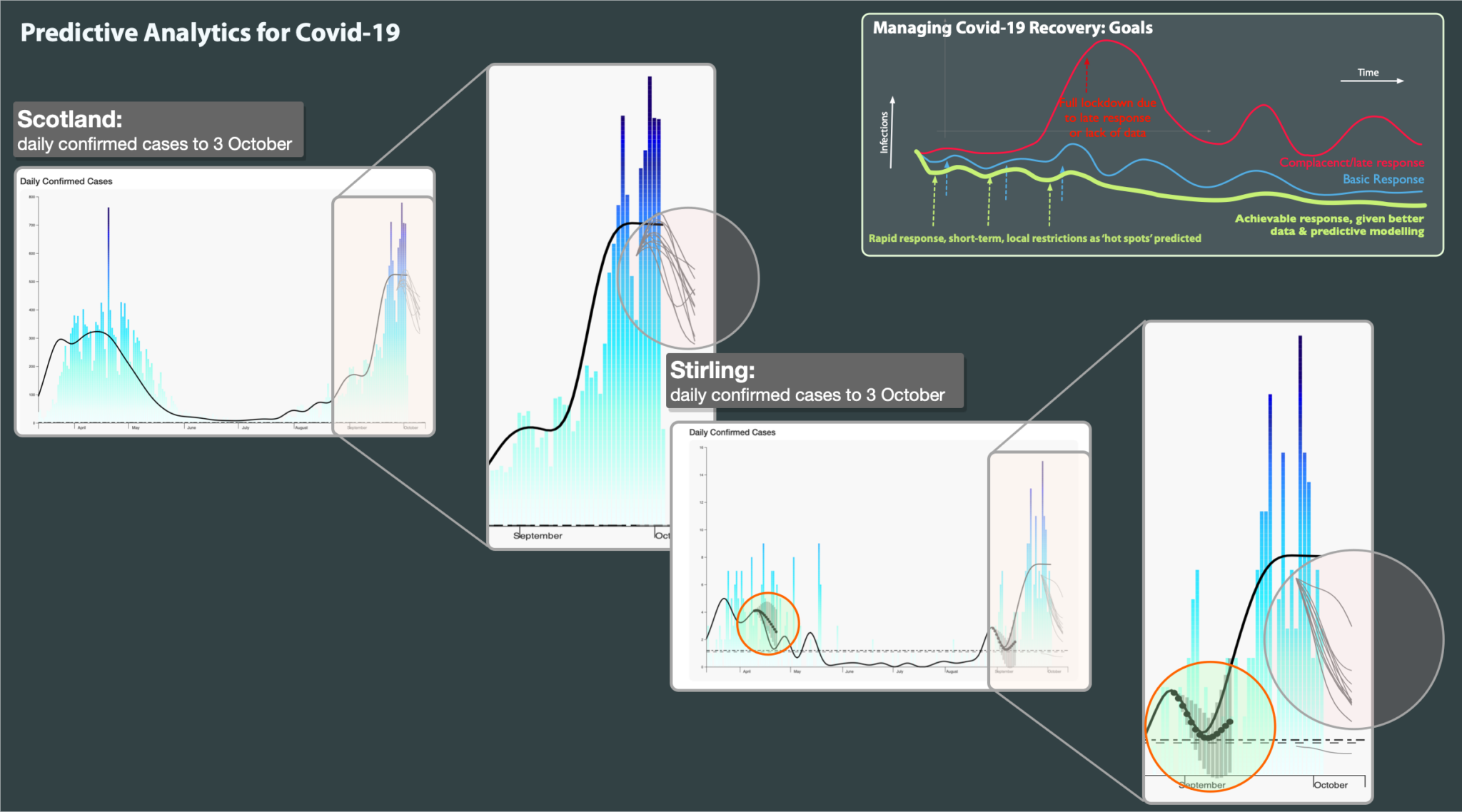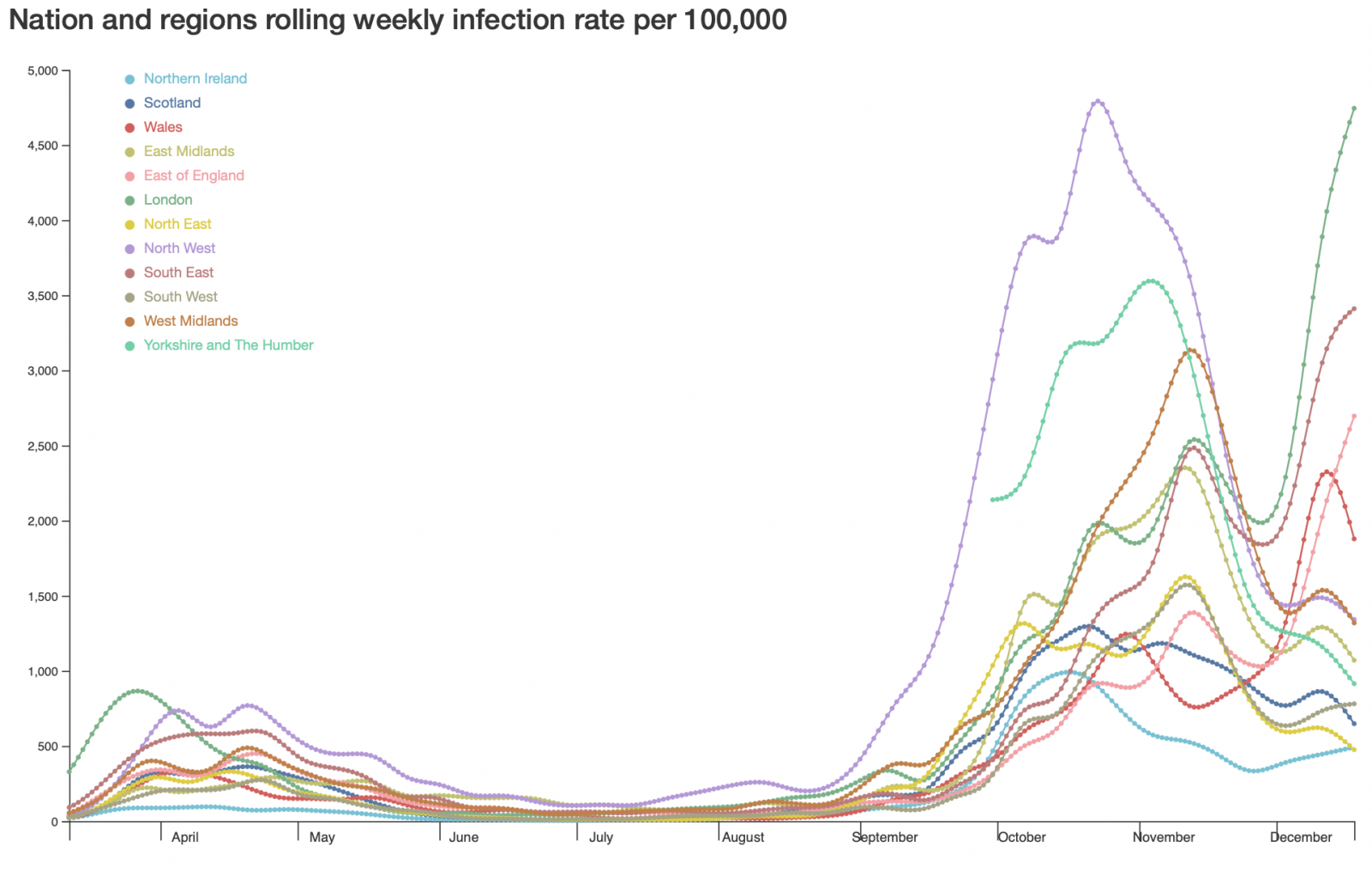Proving a Point?
There\’s been a lot of covoptimism this past week, from assorted government spokesfolks, including from people who do know what they\’re talking about – a prime example being Prof. Neil Ferguson of Imperial. The theme here is that cases, case rates and the R number have been falling strongly and appear to be continuing to […]









